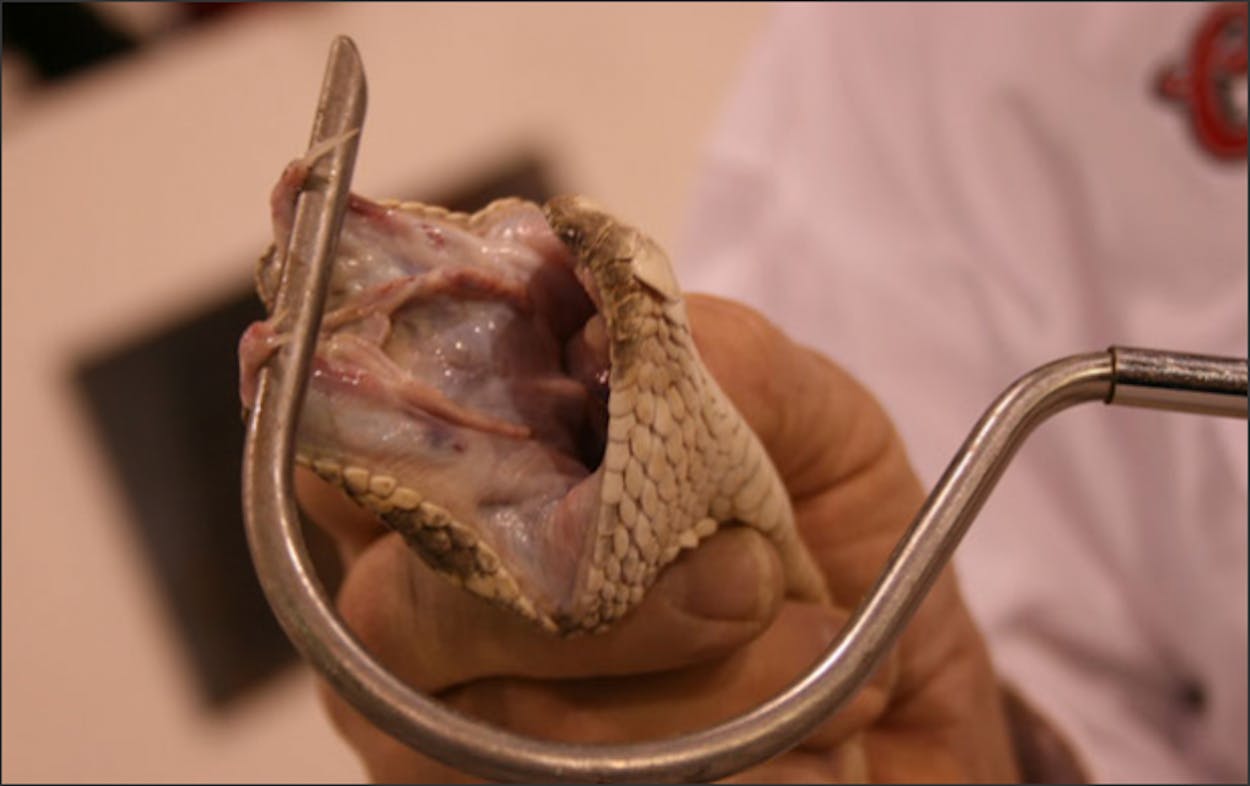Katy Vine, senior editor
I have two favorite stories from the year, and they were both about Robert Caro: Chris Jones’s “
The Big Book” from
Esquire and Charles McGrath’s “
The Big Dig” from the
New York Times Magazine. As a magazine writer, I have a hard time imagining how any writer could devote more than thirty years to one subject, and I had always wondered about Caro’s work habits, but I hadn’t anticipated that a biography of the ultimate biographer would yield such thrilling reads. (For more on the two Caro stories, turn to Jason Cohen’s post
here.)
Pamela Colloff, executive editor
Michael J. Mooney’s
D Magazine piece, “
When Lois Pearson Started Fighting Back.” How do you write about something as unspeakable as what happened to Lois Pearson? The reclusive 62-year-old East Texas woman was kidnapped by a man whose advances she had spurned, then raped and tortured for twelve days. The details of her story are stomach-turning; her abductor strung her up on a deer skinning rack, telling her, “When I’m through with you, you won’t believe in God.” But Mooney tells the story with restraint and grace, giving us just enough information—but not too much—as he explains what happened to Pearson and why she ultimately forgave her attacker. It’s one of those rare stories that stayed with me for a long time.
Mimi Swartz, executive editor
Anne-Marie Slaughter’s
Atlantic piece, “
Why Women Still Can’t Have It All.” Alas, it’s very, very true. Women are still doing the heavy lifting, even if there are those who still consider them the “weaker sex.”
Jason Cohen, senior editor
Now is obviously the perfect time to revisit “
It’s Not About the Lab Rats,” Bill Gifford’s
Outside piece on Livestrong, which ran nearly a year ago. It largely sidestepped the issue of Lance Armstrong’s alleged–is that still the word?–doping use to explore the mission of Armstrong’s charitable foundation, which Gifford found was less concerned with research and more focused on raising awareness, branding, and offering outreach and support. As I
wrote when the piece first came out: “Because of this approach, Gifford is able to connect with a backhanded implication: if Armstrong’s image ever does get more definitively tarnished, legally or otherwise, you can’t say that would hurt the world’s attempt to find a cure for cancer, since that’s not what Livestrong does.”
Andrea Valdez, deputy web editor
“The Twitch” by Ryan Knighton for
Vice. Many journalists have written about the World’s Largest Rattlesnake Roundup in Sweetwater, Texas (including
this writer), but surely Knighton is the first blind man to do so. To get an idea of what it means to be without vision in a rattlesnake den, read his description of the Snake Pit:
The sound had a startling physics. It had mass. A tangible weight and effect on the air. I was immediately reminded that, at its essence, noise is vibration. To listen is actually to receive our most subtle form of touch. How easily we forget that.
What radiated from the Snake Pit was extraordinary in another way. It didn’t feel remote or abstract. For me, sounds are often little more than a caption for a picture I can’t see. A lesser substitute for sight. Functional, but incomplete. . . .
But these rattles had more. They were something unto themselves. Their occupation of the pen rose, swelling, solid and defined, like the feeling of heat from a road. A thing. The sound physically pushed us back while it asked us to come closer. We put ourselves inside its vibrations. I could feel the rattling with my face. A quickening in the air as more joined in and intensified their spasms, then a thinning, a deflating lung, as some gae up and calmed down. A sour smell, just a moisture, would faintly whip abotu when the activity increased, faster, louder, angrier, the snakes sensing whether the numbers of looky-loos had grown.






